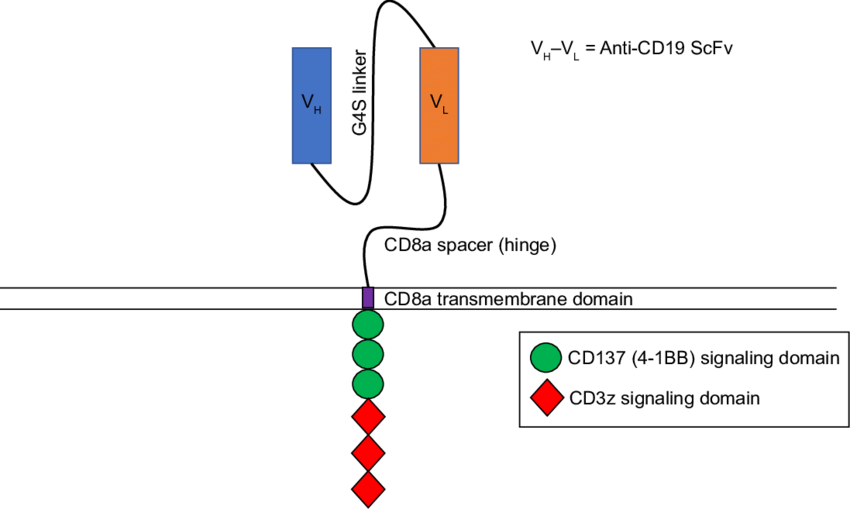On July 12, FDA experts will discuss whether CAR-T CTL019 can be on the market, which is an assessment of the CTL019 Biologics License Application (BLA) submitted by Novartis and will evaluate the data that CTL019 treats recurrent and refractory pediatric B-cell acute lymphoblastic leukemia. Once CTL019 is evaluated successfully, it will become the world’s first approved CAR-T therapy, and July 12 will also be a historic day.
Prior to this, Novartis and Kite Pharma had kept pace on CAR-T therapy listing until Novartis received a new drug priority review to save two months time.
Next Kite Pharma’s KTE-C19 is for non-Hodgkin’s lymphoma. It is worth mentioning that the recent KTE-C19 is not far behind with access to priority review.
It is analyzed that once the two products are listed, they will become the two most valuable orphan drugs in the new drug line—Novartis CTL019 will bring 4.7 billion annual sales! While Kite’s KTE-C19’s annual sales will reach 7.9 billion!
Despite the huge market potential, CAR-T therapy also has a significant side effect—Cytokine Release Syndrome (CRS). Once the control is improper, it will lead to death. In the trials from Juno and Kite, there are cases of patient deaths, and although no death cases have been found on Novartis CTL109, in a key test called ELIANA, 48% of patients have level-3 to 4 CRS symptoms.
And will Novartis CTL019 in the end be approved for listing? We will wait and see.
Reference
1. Forsberg, Matthew H., et al. “The potential of CAR T therapy for relapsed or refractory pediatric and young adult B-cell ALL.” Therapeutics and clinical risk management (2018): 1573-1584.

